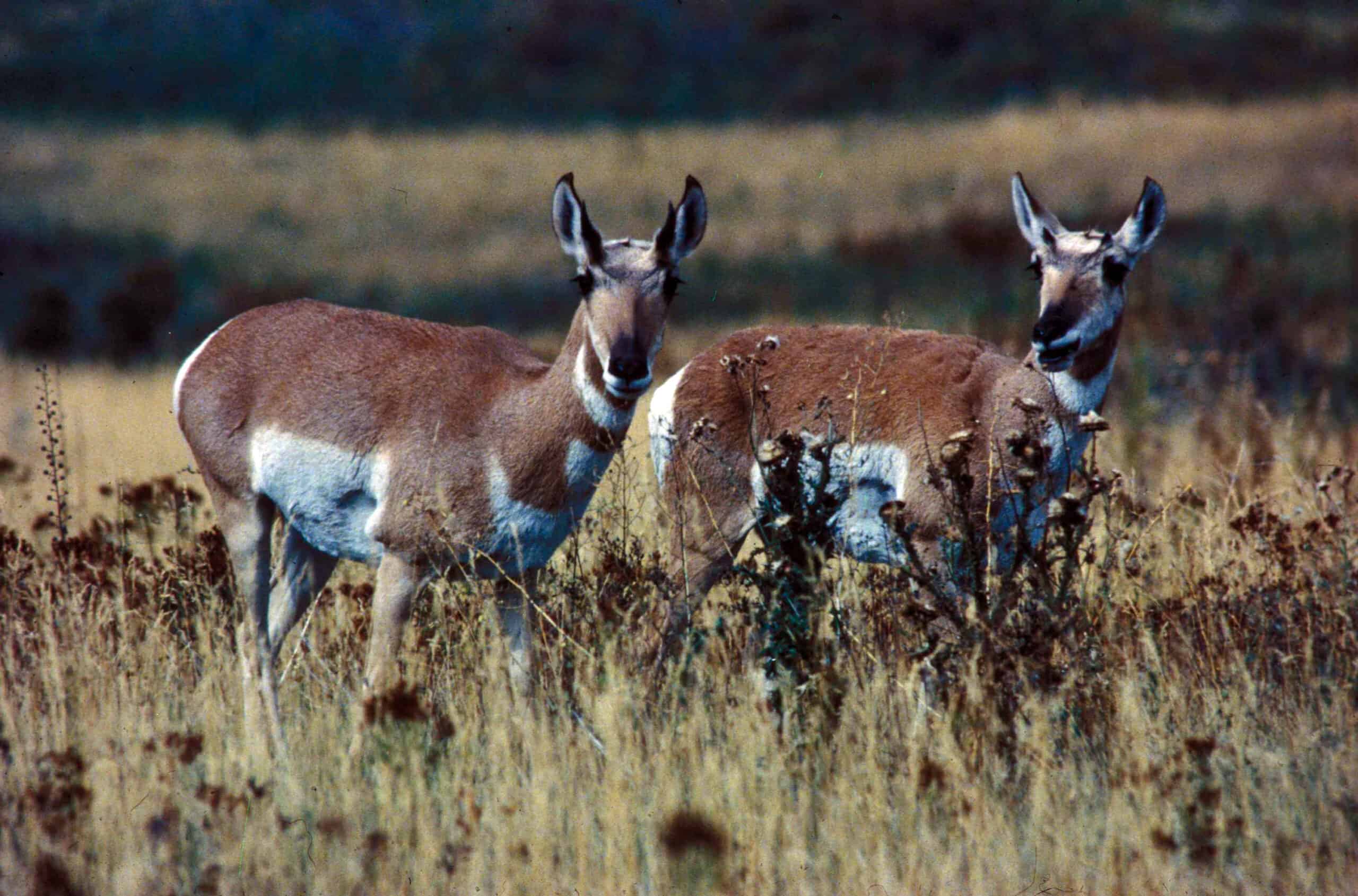Share this article
New partnership seeks to ‘biobank’ endangered species
The USFWS and others are working with Revive & Restore to preserve genetic material
The U.S. Fish and Wildlife Service is partnering with the nonprofit organization Revive & Restore to create a “biobank” for U.S. threatened and endangered species. The initiative, which would preserve living cells, tissues and gametes of at-risk species, is intended to protect genetic diversity for use in current and future recovery events.
The Service has selected its first 24 species for biobanking, including the Mexican wolf (Canis lupus baileyi), Florida bonneted bat (Eumops floridanus), and Sonoran pronghorn (Antilocapra americana sonoriensis).
As part of the initiative, Revive & Restore has developed resources for field biologists looking to biobank the species they work with.
“Biobanking gives us the chance to save irreplaceable genetic diversity,” said Seth Willey, deputy assistant regional director at the USFWS, in a press release. “If done right, it creates a marker-in-time and gives future recovery biologists options, like genetic rescue, that are only possible if we act now.”
Revive & Restore uses biotechnology to try to conserve and restore endangered species and ecosystems. Best known for “de-extinction” efforts for long-lost species like the wooly mammoth (Mammuthus primigenius) and passenger pigeon (Ectopistes migratorius), the group is also involved in projects to restore genetic diversity for the black-footed ferrets (Mustela nigripes), protect corals, and create alternatives to horseshoe crab blood in the medical industry.
The organization looks at biobanking as a way to protect unrecoverable genetic diversity in wildlife, creating more options for genetic rescue strategies into the future. It says only 14% of the over 17,00 listed U.S. species have living tissue cryopreserved.
In addition to the USFWS, the new partnership includes the U.S. Department of Agriculture, the San Diego Zoo Wildlife Alliance and ViaGen Pets & Equine.
“This is about creating a legacy of America’s natural history before it is lost, and provides an important resource to enhance species recovery efforts now and in the future,” said Ryan Phelan, executive director of Revive & Restore, in the release.
Header Image: Sonoran pronghorns are among the first endangered species chosen for “biobanking." Credit: Gary Zahm/USFWS








